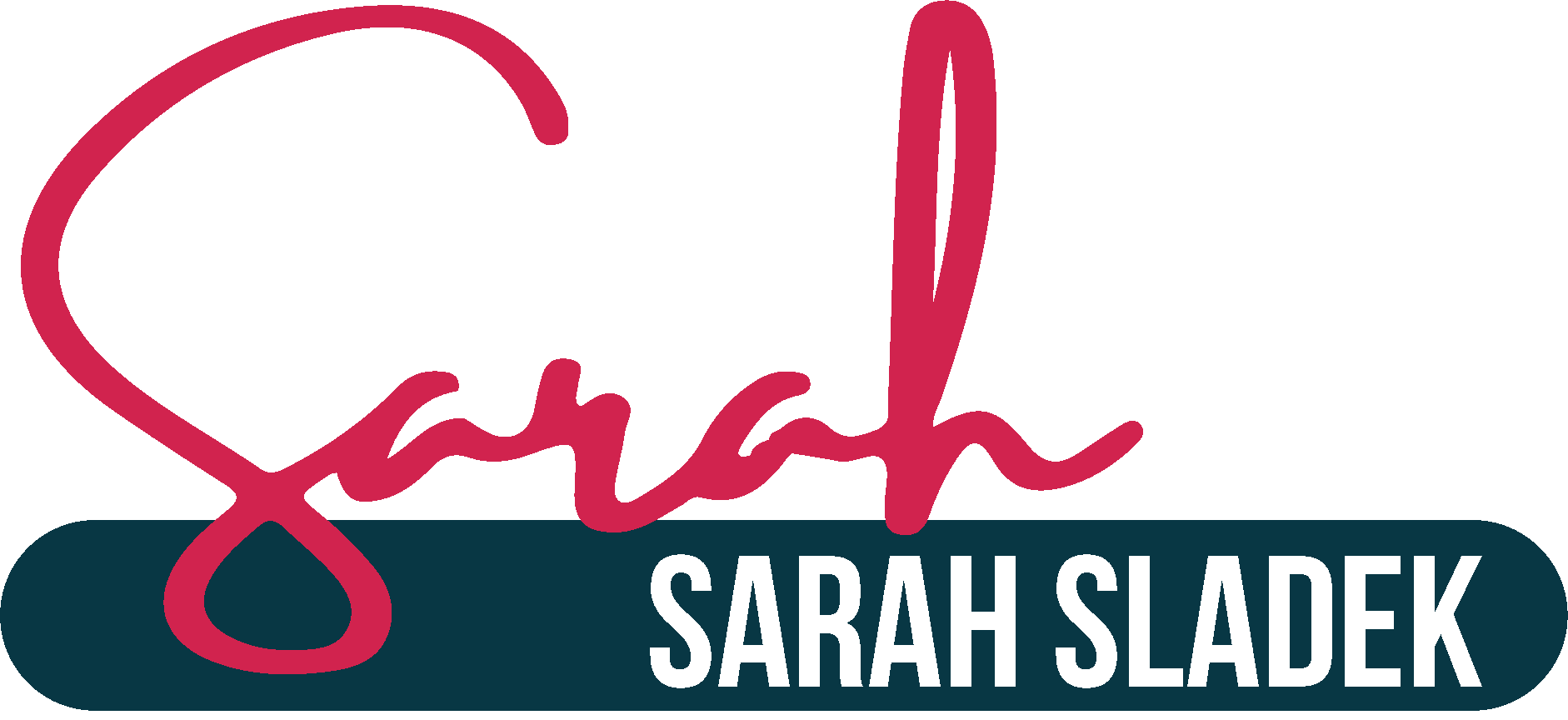At one point or another in our lives, we have experienced fear in some capacity – fear of heights, the dark, (or in my case, fear of spiders!). The list goes on. Fear, however, is a normal, natural response to a perceived physical or emotional danger or threat. Did you know that there exists a universal fear that impacts all human beings?
Research shows that to some degree, change instills fear in all of us.
It is a natural part of life, but an equally scary concept because change can oftentimes have unpredictable results, leading us down paths where the destination is unclear.
Let’s face it – change can also be hard. It forces us to adapt, adjust, and pivot in ways that are uncomfortable, but fear not! It also allows us to evolve and grow. I am here to tell you that although change can induce fear, it is integral to the survival of your organization.
Money dictates how we handle change. In the Post-WWII era, an economic boom took place where companies began producing goods at an unprecedented rate. A practice began to emerge, where executives who produced the most were also rewarded the most in the form of compensation, bonuses, and perks. By 1975, executive pay was a substantial 24 times more than what their employees were paid. Today, it is a staggering 300 times more, causing many leaders to fall back on the systems and practices that feel most comfortable because they are the most financially rewarding.
I have witnessed how this “quantity over quality” approach has become engrained in membership organizations, where more emphasis is placed on acquiring members rather than the services being provided or fulfilling their mission. We have a responsibility to overcome this in order to remain relevant, meaningful, and engaging to the communities we serve.
I want you to consider for a moment what types of changes your organization has faced in recent months or years. There are three common responses to change, and it is important to know which best applies to your association:
The Ostriches:
Unfortunately, this mentality is the most common – one where change is simply ignored in hopes that things stay the same and the threat will go away. At the outset of the pandemic, this mentality was fervent. Seasoned leaders and executives expressed a desire to “go back to normal,” avoiding the reality that the traditional workplace format was shifting (and likely would be changed forever).
The Explosives:
This is the most radical and reactive response to change and equally as detrimental. Explosives tend to react by making too many changes too quickly and as a result, become overwhelmed and exhausted. Ultimately, this group reverts back to their original ways because they are easier and less taxing.
The Changemakers:
This is the ideal mentality for organizations but one that only 10% of organizations possess.
With this approach, change is recognized, carefully considered, and implemented in a way that is both manageable and productive.
Here is one of the biggest takeaways from my research: change is one of the only constants in our lives and as such, it should be expected and welcomed! My challenge for you? Face your fears and adjust your mindset when it comes to change. It can be tough, and at times, uncomfortable, but it can also yield great rewards in the form of a more engaged community and growing membership base.
If your organization is struggling to navigate big changes, a helping hand may be just what you need. Let’s work together to find a strategy that will help you and your team thrive.

